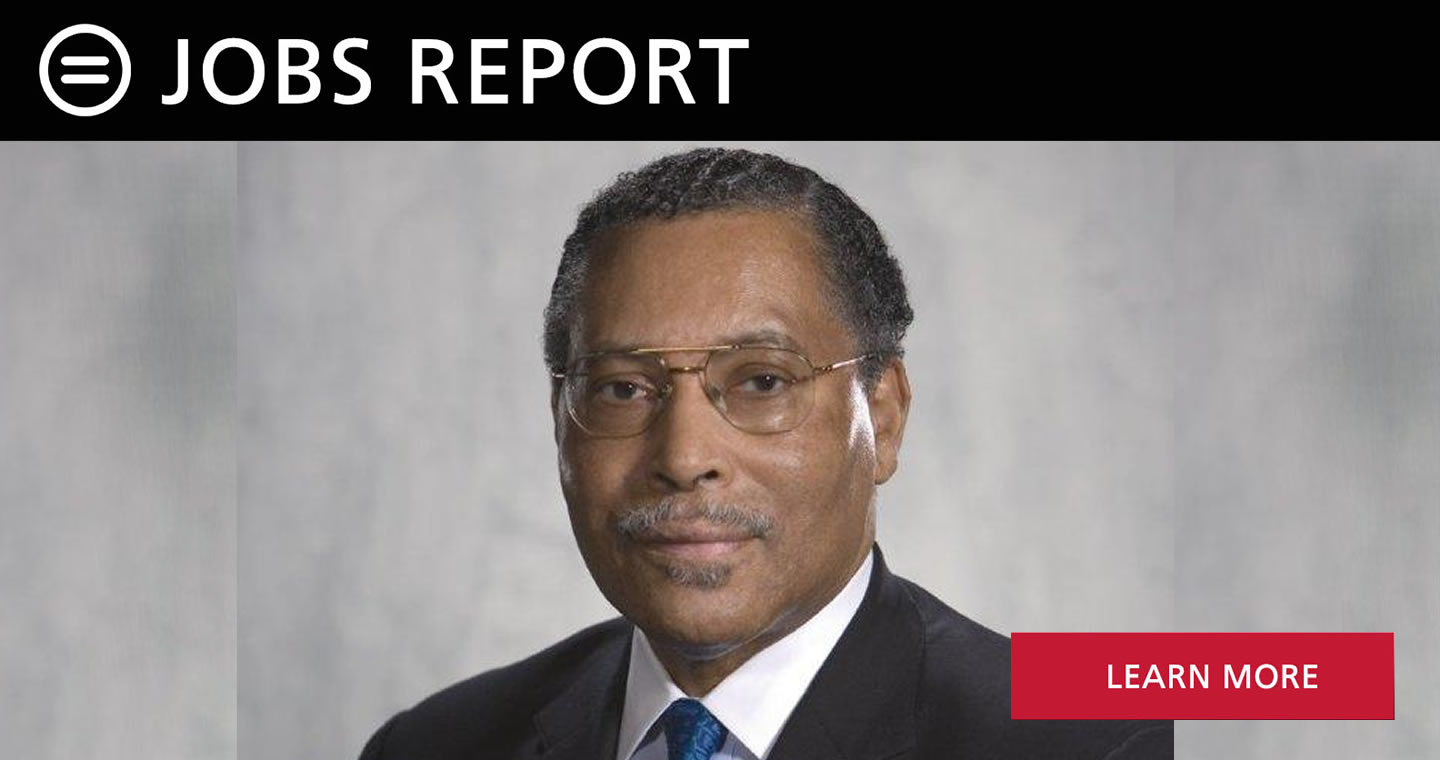November Jobs Report: Full Employment Helps Black Workers

The November jobs report shows a strong, fully employed economy. Total nonfarm payroll employment rose 266 thousand, substantially above the market expectation of 185 thousand jobs. Within the private sector, manufacturing employment increased by 54 thousand, boosted by 46 thousand G M strikers who returned to work. The service producing sector, 70 percent of the workforce, created 206 thousand jobs. Job creation was broad-based throughout the economy, with most industries showing increased hiring.
Of the 254 thousand private sector jobs added in November, 52.2 percent were in high quality industries and occupations where wages are above the average for the labor market as a whole. Average hourly earnings rose 3.1 percent over the year to $ 28.40. Jobs in industries and occupations paying middle income wages grew at an above average rate. Hours of work increased in many industries increasing hourly workers’ monthly income.
The strong economy and job creation, averaging 180 thousand per month in 2019 sustains full employment and helps explain the decline in black unemployment. The downward trend began in 2009 when the Obama administration introduced the $ 813 billion dollar, multi-year stimulus program, and the Federal Reserve lowered interest rates. That initiated a long recovery and expansion that pulled the economy out of the Great Recession. Many black workers who had given up the search for work reentered the workforce, and others experienced fewer spells of unemployment during the decade long expansion.
But full employment has not reached some states and local communities that are still struggling to recover from the recession. In the third quarter 2019, the black unemployment rate in D.C. was 11.3 percent; in Illinois , 9.6 percent; in Pennsylvania, 7.8 percent; and in Michigan, 6.5 percent. In these and other lagging areas, the racial employment disparity remains at or near 2:1.
While the economy remains strong, economic growth is slowing. But there is little evidence that a recession is imminent. Economic expansions don’t die of old age, but the business cycle has not been outlawed. The U.S./China trade war, lagging Eurozone economic growth, and Brexit are dark clouds on the horizon. When an economic downturn arrives, it’s likely that the racial unemployment disparity will widen again as the “last hired, first fired” practice reasserts itself. That’s the unfortunate reality of race in America.
Bernard E. Anderson, Ph.D.
Whitney M. Young, Jr. Professor Emeritus
The Wharton School, University of Pennsylvania
and Senior Economic Advisor, National Urban League

